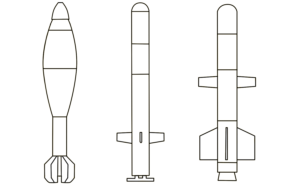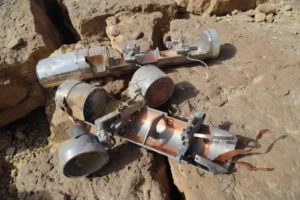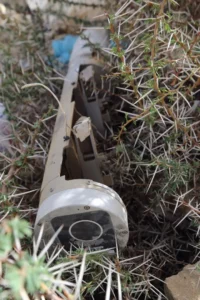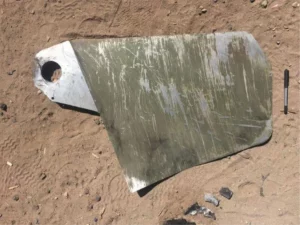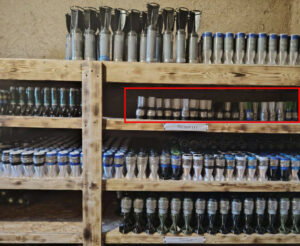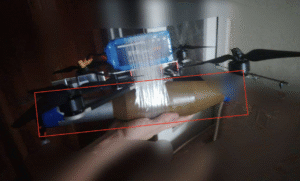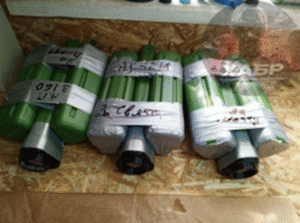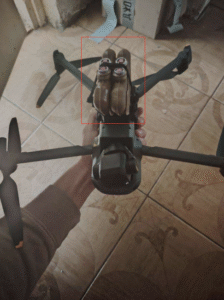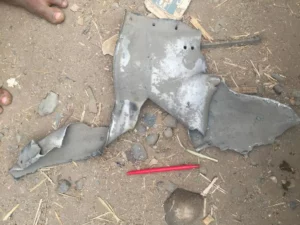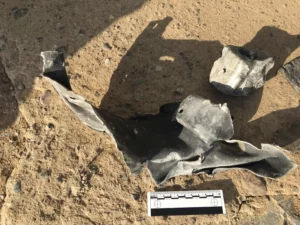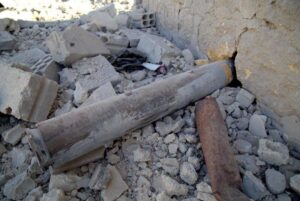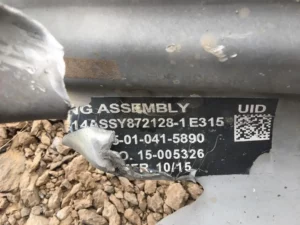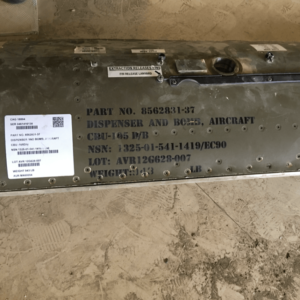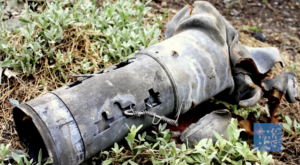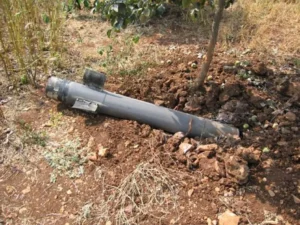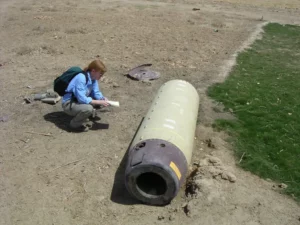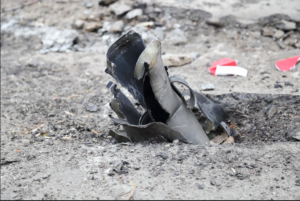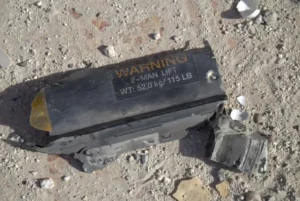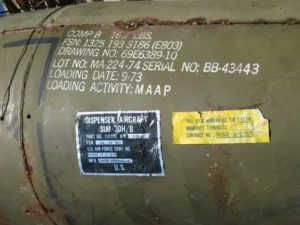Analyst Note:
This image shows two BLU-108 submunitions. Each BLU-108 contains 4 smaller submunitions, or ‘skeets’. The BLU-108 at the top has deployed all four skeets, while the bottom example has two skeets still attached. The BLU-108 is fitted with a parachute that is deployed after the submunition separates from its dispenser (e.g., the CBU-97 Sensor Fuzed Weapon) to slow its descent, as well as a rocket motor that is thereafter fired to increase the munition’s altitude before it deploys the skeets. Each skeet is able to independently seek out targets using an infrared sensor. (ARES)

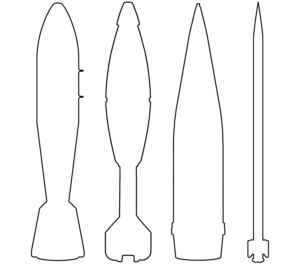

 A world-leading independent organisation using research and advocacy to defend and protect human rights.
A world-leading independent organisation using research and advocacy to defend and protect human rights. 


